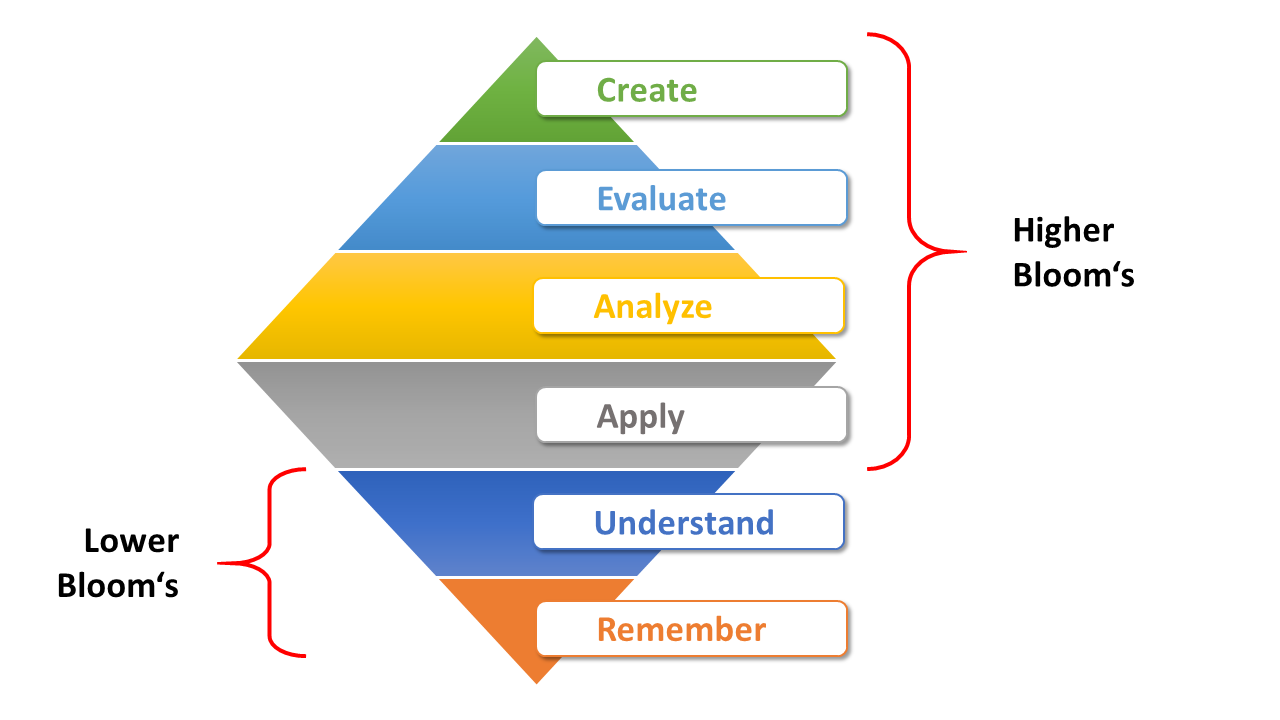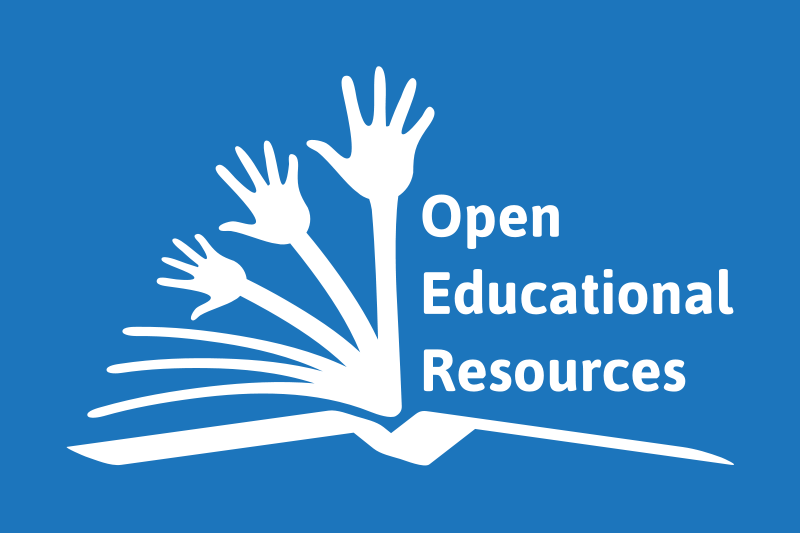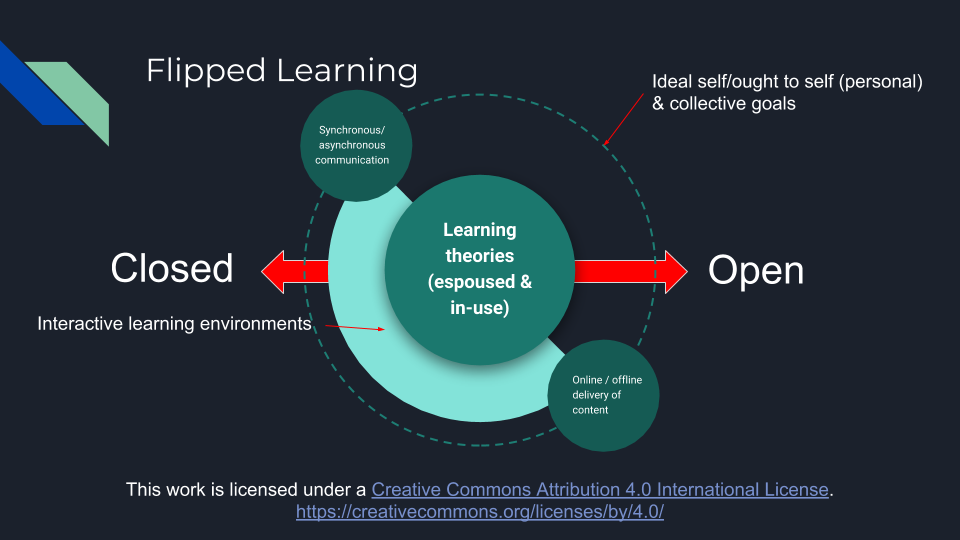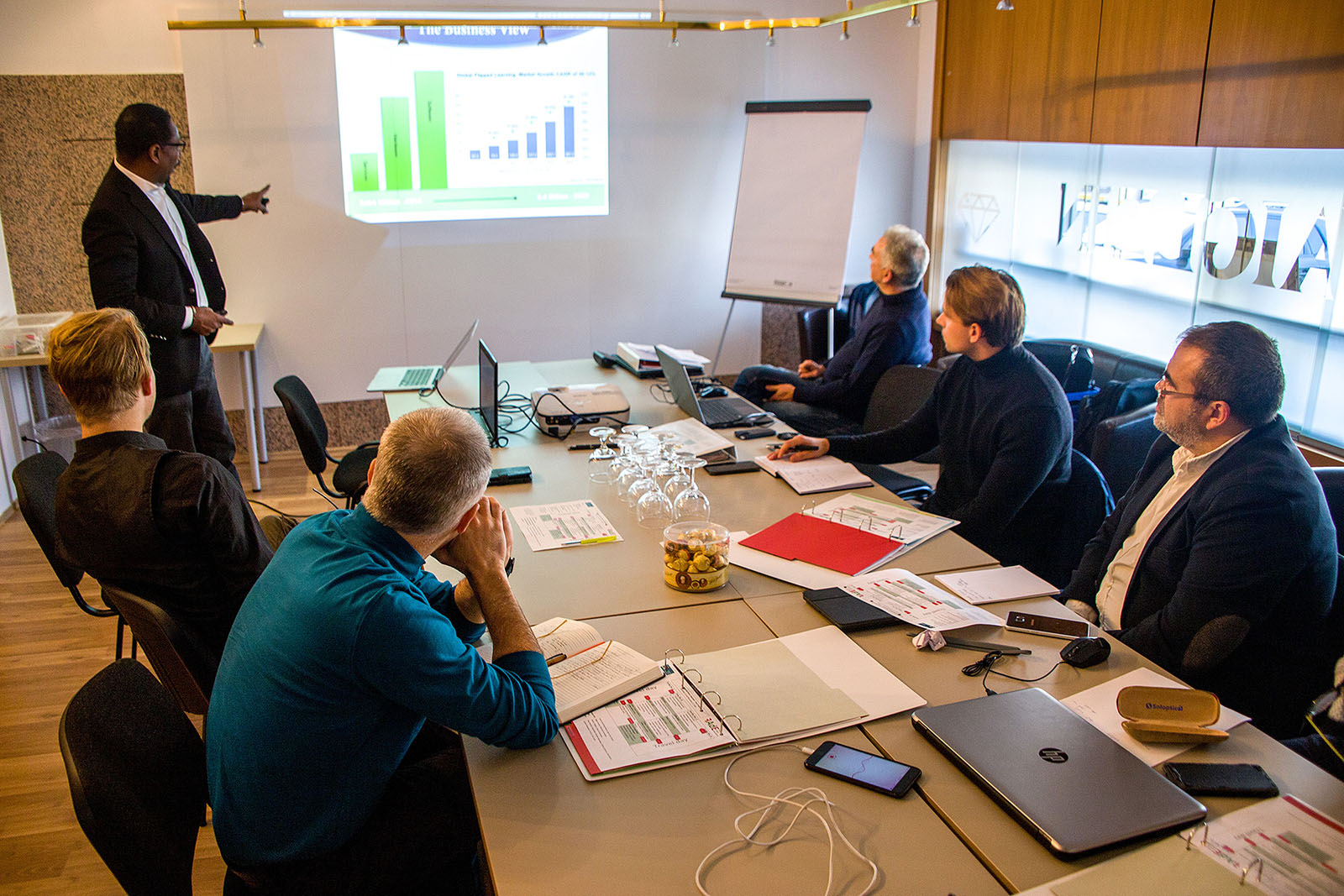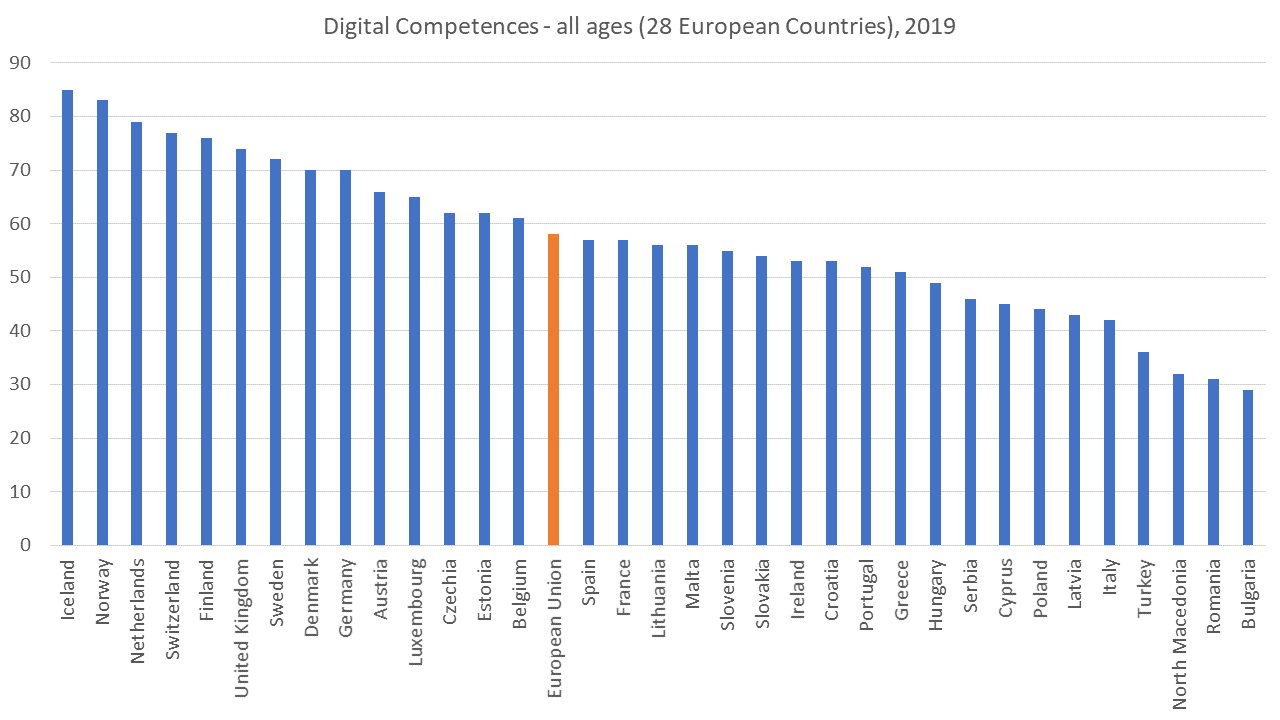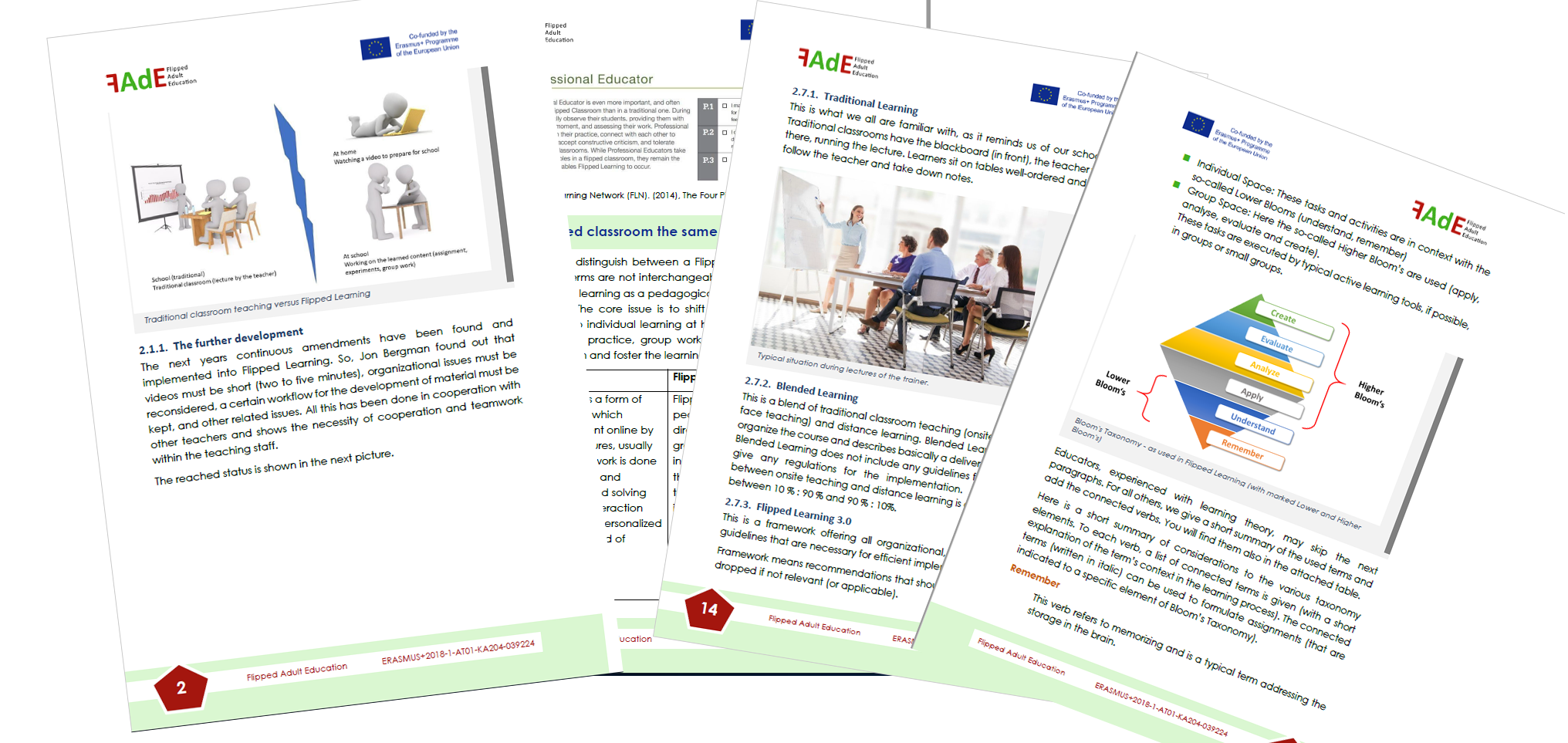
Flipped Adult Education – the Guide
The production of the guide has been started – the first pages are ready and are going to be proofread! The guide – in English language – will be available as a printable PDF file (in May). Other formats will be ePub (also for Kindle) Printed Version (as a complete book). During the summer, a Read More …



